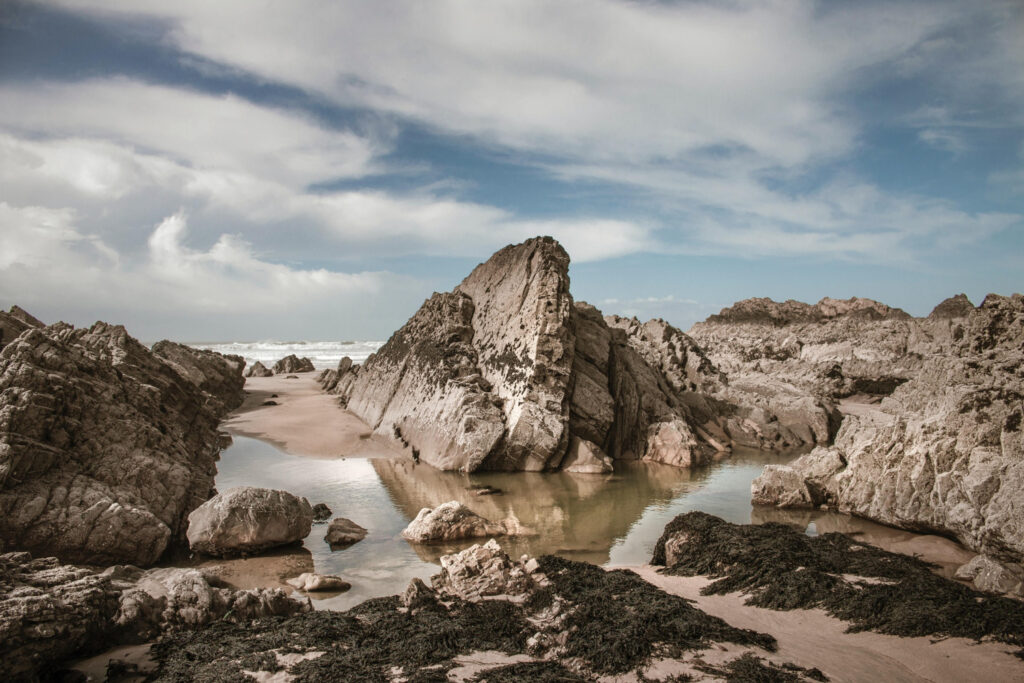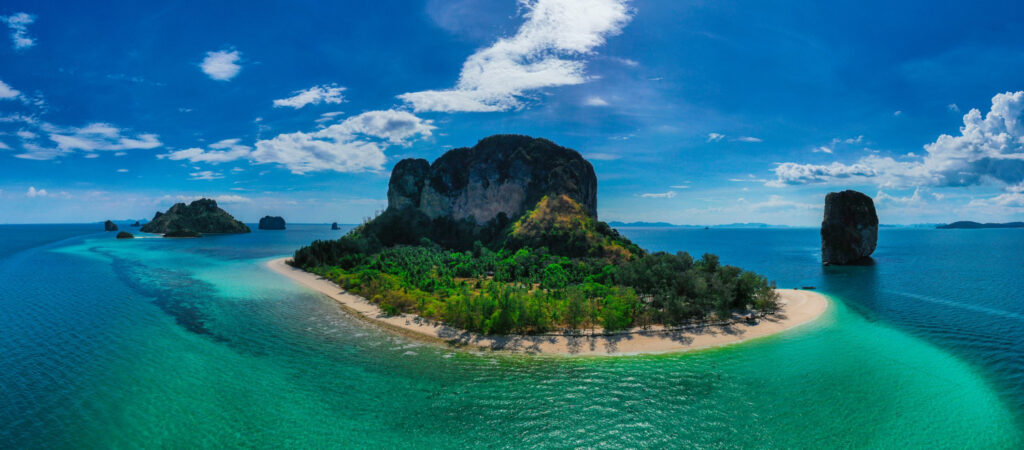Batan Island, part of the Batanes archipelago, is a captivating destination in the northernmost region of the Philippines. This volcanic island, shaped like a dumbbell, sits between the South China Sea and the Pacific Ocean. Its landscape is distinct from the usual tropical paradises found in the Philippines.
Geography and Geology
The Batan Islands, about 190 kilometers south of Taiwan, have a diverse topography shaped by volcanic activity and marine erosion. Batan Island is the largest of the trio, famed for its rolling hills, green pastures, and rugged coastlines, while Sabtang and Itbayat boast dramatic cliffs, secluded coves, and pristine beaches.
Ivatan Culture and Architecture
The indigenous Ivatan people have adapted to the island’s challenging environment, developing a unique culture and architectural style. Traditional Ivatan houses, with thick limestone walls and sometimes partially underground, offer protection from frequent typhoons in the region. These stone structures, known as “Ivatan houses,” are a testament to the ingenuity and resilience of the local population.
History and Wartime Significance
Batan Island holds historical significance, as it was the site of the first Japanese invasion of the Philippines during World War II. On December 8, 1941, the same day as the attack on Pearl Harbor, Japanese forces landed on Batan and quickly secured the existing airfield, using it as a forward base for operations against Luzon. The island’s strategic location and the remnants of the Japanese occupation, such as the Dipnaysupuan Japanese Tunnels, serve as reminders of this pivotal moment in history.
Biodiversity and Wildlife
The Batan Islands harbor a remarkable diversity of flora and fauna, owing to their isolated location and varied ecosystems. Rare bird species such as the Ivatan Thrush and the Philippine Megapode can be spotted amidst lush forests and coastal cliffs. Surrounded by crystal-clear waters teeming with marine life, Batan Island is a paradise for diving and snorkeling enthusiasts. Coral reefs brimming with colorful fish, sea turtles, and vibrant coral gardens invite visitors to explore the mesmerizing underwater world.
Outdoor Activities
Adventure enthusiasts will find no shortage of thrilling experiences in the Batan Islands. From exhilarating treks to the summit of Mt. Iraya, the archipelago’s highest peak, to leisurely cycling along scenic coastal roads, there’s something for every type of explorer. Water activities such as snorkeling, diving, and kayaking offer opportunities to discover the region’s pristine marine ecosystems up close.
Sustainable Tourism Initiatives
As custodians of this pristine paradise, we are committed to promoting sustainable tourism practices that preserve the natural beauty and cultural heritage of the Batan Islands for generations to come. Our eco-friendly initiatives include waste management programs, community-based tourism projects, and partnerships with local conservation organizations to protect endangered species and fragile ecosystems.
Top tourist attractions in Batan
Based on the search results provided, the top tourist attractions on Batan Island are:
- Marlboro Country – Racuh Apayaman.
This scenic natural area is known for its rolling hills and rugged landscape. - Alapad Hills & Rock Formation.
The unique rock formations and hills in this area offer stunning views. - Pototan Cave.
This cave is a popular attraction for visitors to explore. - Ruins of Songsong.
The ruins of the former town of Songsong provide a glimpse into the island’s history. - Valugan Boulder Beach.
This beach is known for its massive boulders sculpted by the powerful waves.
The search results also mention other popular activities like hiking to the top of Mount Iraya, visiting historic stone houses and churches, and exploring the town of Basco.

For more travel experience, read: Altomonte: A Historic Gem in Southern Italy
Frequently Asked Questions (FAQs) About the Batan Islands
Q: How many islands make up the Batan Islands?
A: The Batan Islands comprise three main islands: Batan, Sabtang, and Itbayat.
Who are the indigenous people of Batan Island?
The indigenous Ivatan people inhabit the three major islands of Batan, Sabtang, and Itbayat. They have developed a unique culture and architectural style, including the traditional stone “Ivatan houses” that protect from frequent typhoons.
Q: Are there any sustainable tourism initiatives in the Batan Islands?
A: Yes, the Batan Islands are committed to promoting sustainable tourism practices, including waste management programs, community-based tourism projects, and partnerships with local conservation organizations to protect endangered species and fragile ecosystems.
Q: How can I visit the Batan Islands?
A: Visitors can reach the Batan Islands by taking a flight from Manila to Basco, the capital of Batan Island. From there, inter-island boats can travel to Sabtang and Itbayat islands.
What is the best time of year to visit Batan Island?
The best time to visit Batan Island is from March to June, during the summer months when precipitation is low and there are more sunny days.
Conclusion
In conclusion, the Batan Islands offer a truly immersive travel experience, blending natural beauty, cultural richness, and adventure in a pristine tropical setting. Whether you’re exploring ancient stone houses, diving into crystal-clear waters, or savoring traditional Ivatan cuisine, your journey to the Batan Islands promises unforgettable memories and a deep appreciation for this hidden gem of the Philippines. Come, embark on an adventure of a lifetime, and discover the enchanting allure of the Batan Islands.

